43 pytorch dataloader without labels
Custom Dataset and Dataloader in PyTorch - DebuggerCafe As usual, we import the required libraries in lines 8 and 10. From line 12 we start our custom ExampleDataset () class. Also, note that we inherit the PyTorch Dataset class which is really important. As inheriting the class will allow us to use all the cool features of Dataset class. DataLoader without dataset replica · Issue #2052 · pytorch ... - GitHub I just realized that it might actually be getting pickled - in such case there are two options: 1. make the numpy array mmap a file <- the kernel will take care of everything for you and won't duplicate the pages 2. use a torch tensor inside your dataset and call .share_memory_ () before you start iterating over the data loader Author
Datasets & DataLoaders — PyTorch Tutorials 1.11.0+cu102 documentation Dataset stores the samples and their corresponding labels, and DataLoader wraps an iterable around the Dataset to enable easy access to the samples. PyTorch domain libraries provide a number of pre-loaded datasets (such as FashionMNIST) that subclass torch.utils.data.Dataset and implement functions specific to the particular data. They can be ...
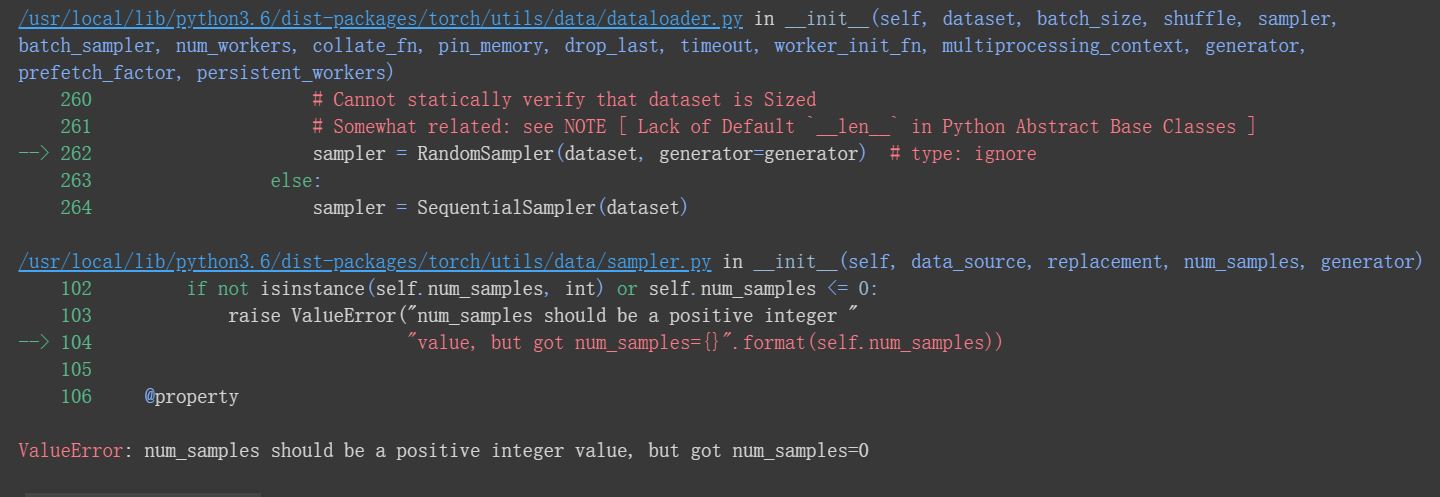
Pytorch dataloader without labels
Create a pyTorch testing Dataset (without labels) This works well for my training data, but I get an error ( KeyError: " ['label'] not found in axis") when loading the testing csv file, which is identical other than there being no "label" column. If it helps, the intended input csv file is MNIST data in csv file which has 28*28 feature columns. Developing Custom PyTorch Dataloaders torch.utils.data.DataLoader is an iterator which provides all these features. Parameters used below should be clear. One parameter of interest is collate_fn. You can specify how exactly the samples need to be batched using collate_fn. However, default collate should work fine for most use cases. DataLoader returns labels that do not exist in the DataSet - PyTorch Forums When I pass this dataset to a DataLoader (with or without a sampler) it returns labels that are outside the label set, for example 112, 105 etc… I am very confused as to how this is happening as I tried to simplify things as much as possible and it still happens.
Pytorch dataloader without labels. How do I predict a batch of images without labels - Part 1 (2019) Dec 7, 2018 — I have a trained saved model, and I can't see a way to predict the label for a large batch of images without somehow faking a databunch that ... How to use Datasets and DataLoader in PyTorch for custom text data TD = CustomTextDataset (text_labels_df ['Text'], text_labels_df ['Labels']): This initialises the class we made earlier with the 'Text' and 'Labels' data being passed in. This data will become 'self.text' and 'self.labels' within the class. The Dataset is saved under the variable named TD. The Dataset is now initialised and ready to be used! Issue with DataLoader with lr_finder.range_test #71 - GitHub Because inputs_labels_from_batch() was designed to avoid users modifying their existing code of dataset/data loader. You can just implement your logic inside it. And just note that you have to make sure the returned value of inputs_labels_from_batch() have to be 2 array-like objects, just like the line 41 shows: Load Pandas Dataframe using Dataset and DataLoader in PyTorch. Then, the file output is separated into features and labels accordingly. Finally, we convert our dataset into torch tensors. Create DataLoader. To train a deep learning model, we need to create a DataLoader from the dataset. DataLoaders offer multi-worker, multi-processing capabilities without requiring us to right codes for that.
Manipulating Pytorch Datasets - Medium Illustration by Author. Now, we can create a new data loader, based on the training dataset, with a batch size equal 256: train_loader = DataLoader(dataset=train_dataset, batch_size=256, shuffle=True) PyTorch Dataloader + Examples - Python Guides In this section, we will learn about How PyTorch dataloader can add dimensions in python. The dataloader in PyTorch seems to add some additional dimensions after the batch dimension. Code: In the following code, we will import the torch module from which we can add a dimension. PyTorch Dataset and DataLoader - Kaggle PyTorch Dataset and DataLoader. Notebook. Data. Logs. Comments (2) Competition Notebook. Digit Recognizer. Run. 28.2s . history 4 of 4. Programming. Cell link copied. License. This Notebook has been released under the Apache 2.0 open source license. Continue exploring. Data. 1 input and 1 output. arrow_right_alt. Logs. 28.2 second run - successful. Multilabel Classification With PyTorch In 5 Minutes - Medium Our custom dataset and the dataloader work as intended. We get one dictionary per batch with the images and 3 target labels. With this we have the prerequisites for our multilabel classifier. Custom Multilabel Classifier (by the author) First, we load a pretrained ResNet34 and display the last 3 children elements.
A detailed example of data loaders with PyTorch PyTorch script. Now, we have to modify our PyTorch script accordingly so that it accepts the generator that we just created. In order to do so, we use PyTorch's DataLoader class, which in addition to our Dataset class, also takes in the following important arguments: batch_size, which denotes the number of samples contained in each generated batch. Load custom image datasets into PyTorch DataLoader without ... Iterate DataLoader We have loaded that dataset into the DataLoader and can iterate through the dataset as needed. Each iteration below returns a batch of train_features and train_labels. It containing batch_size=32 features and labels respectively. We specified shuffle=True, after we iterate over all batches the data is shuffled. Loading Image using PyTorch - Medium 3. Data Loaders. After loaded ImageFolder, we have to pass it to DataLoader.It takes a data set and returns batches of images and corresponding labels. Here we can set batch_size and shuffle (True ... Loading data in PyTorch — PyTorch Tutorials 1.11.0+cu102 documentation Loading the data. Now that we have access to the dataset, we must pass it through torch.utils.data.DataLoader. The DataLoader combines the dataset and a sampler, returning an iterable over the dataset. data_loader = torch.utils.data.DataLoader(yesno_data, batch_size=1, shuffle=True) Copy to clipboard. 4.
Data loader without labels? - PyTorch Forums Is there a way to the DataLoader machinery with unlabeled data? PyTorch Forums. Data loader without labels? cossio January 19, 2020, 6:03pm #1. Is there a way to the DataLoader machinery with unlabeled data? ptrblck January 20, 2020, 2:11am #2. Yes, DataLoader doesn ...
Image Data Loaders in PyTorch - PyImageSearch A PyTorch Dataset provides functionalities to load and store our data samples with the corresponding labels. In addition to this, PyTorch also has an in-built ... A PyTorch DataLoader accepts a ... able to access all of Adrian's tutorials in a single indexed page and being able to start playing around with the code without going through ...
Creating a dataloader without target values - PyTorch Forums I am trying to create a dataloader that will return batches of input data that doesn't have target data. Here's what I am doing: torch_input = torch.from_numpy (x_train) torch_target = torch.from_numpy (y_train) ds_x = torch.utils.data.TensorDataset (torch_input) ds_y = torch.utils.data.TensorDataset (torch_target) train_loader = torch ...
How to load Images without using 'ImageFolder' - PyTorch Forums The DataLoader is not responsible for the data and target creation, but allows you to automatically create batches, use multiprocessing to load the data in the background, use custom samplers, shuffle the dataset etc. The Dataset defines how the data and target samples are created.
Loading own train data and labels in dataloader using pytorch? # create a dataset like the one you describe from sklearn.datasets import make_classification x,y = make_classification () # load necessary pytorch packages from torch.utils.data import dataloader, tensordataset from torch import tensor # create dataset from several tensors with matching first dimension # samples will be drawn from the first …
Creating a custom Dataset and Dataloader in Pytorch - Medium A dataloader in simple terms is a function that iterates through all our available data and returns it in the form of batches. For example if we have a dataset of 100 images, and we decide to batch...
Problem with Dataloader and labels · Issue #22566 - GitHub Jul 6, 2019 — ... with the help of the dataloader API, single predictions were often wrong, so I iterated through my images without the dataloade...
Unsupervised Data set reading - vision - PyTorch Forums In particular, the __getitiem__ method, which returns a tuple comprising (data, label) The generic loop is something like: for (data, labels) in dataloader: # train / eval code You're free to ignore the label here and you can train an autoencoder on cifar10, for example, pretty much out of the box.

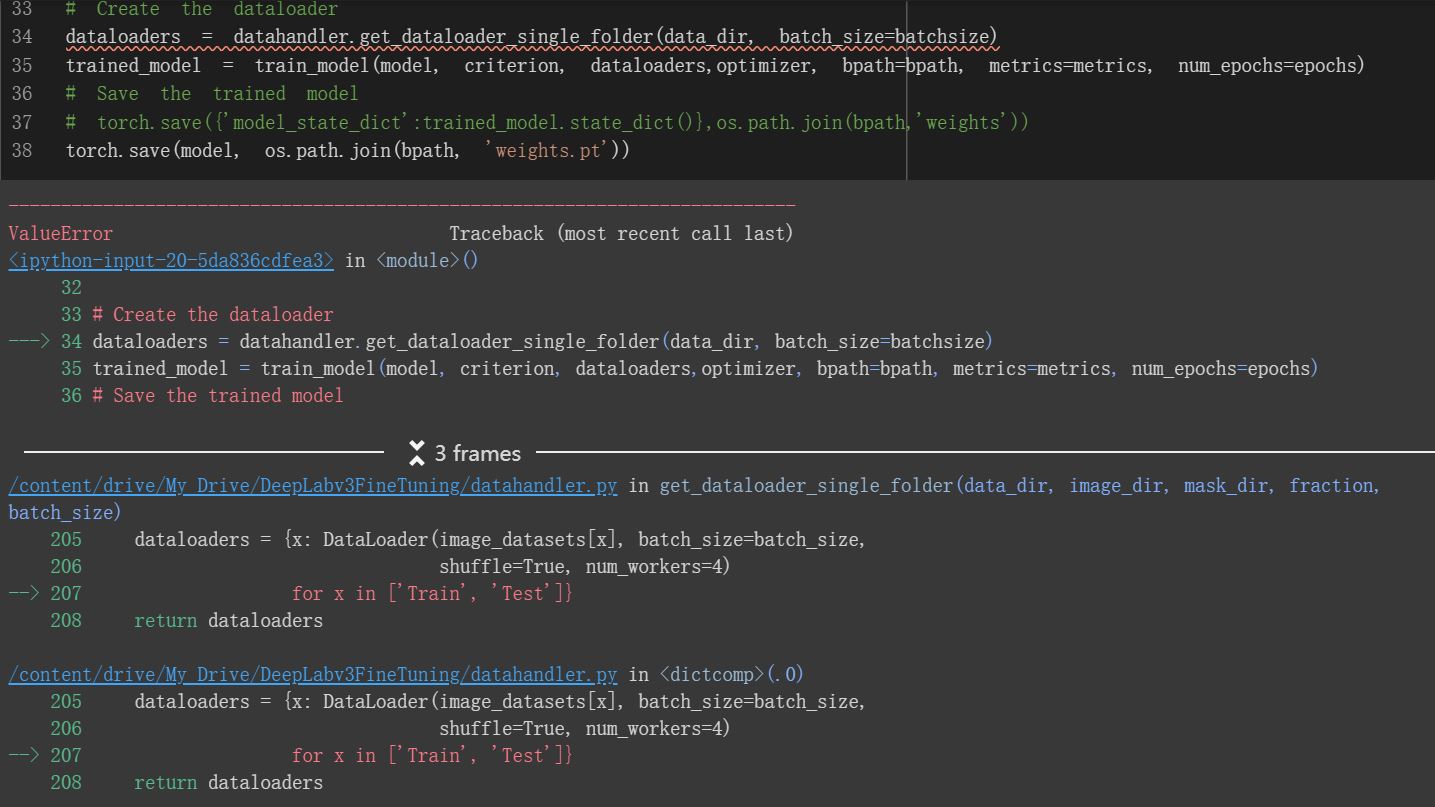

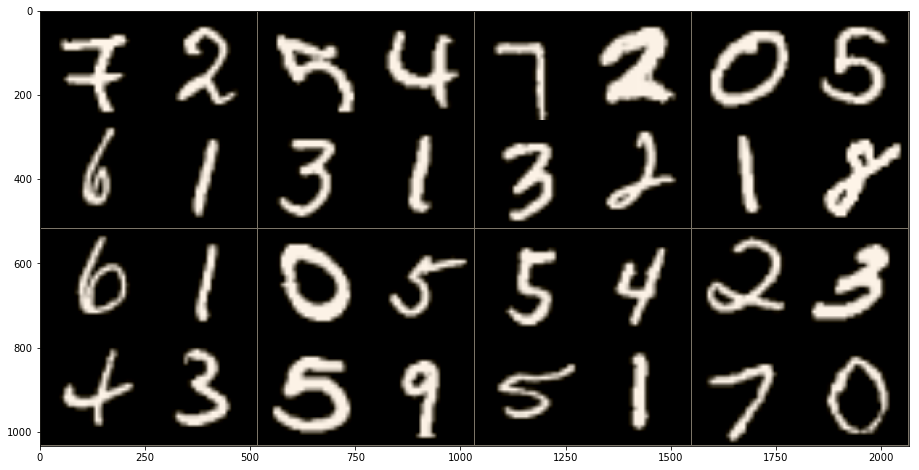
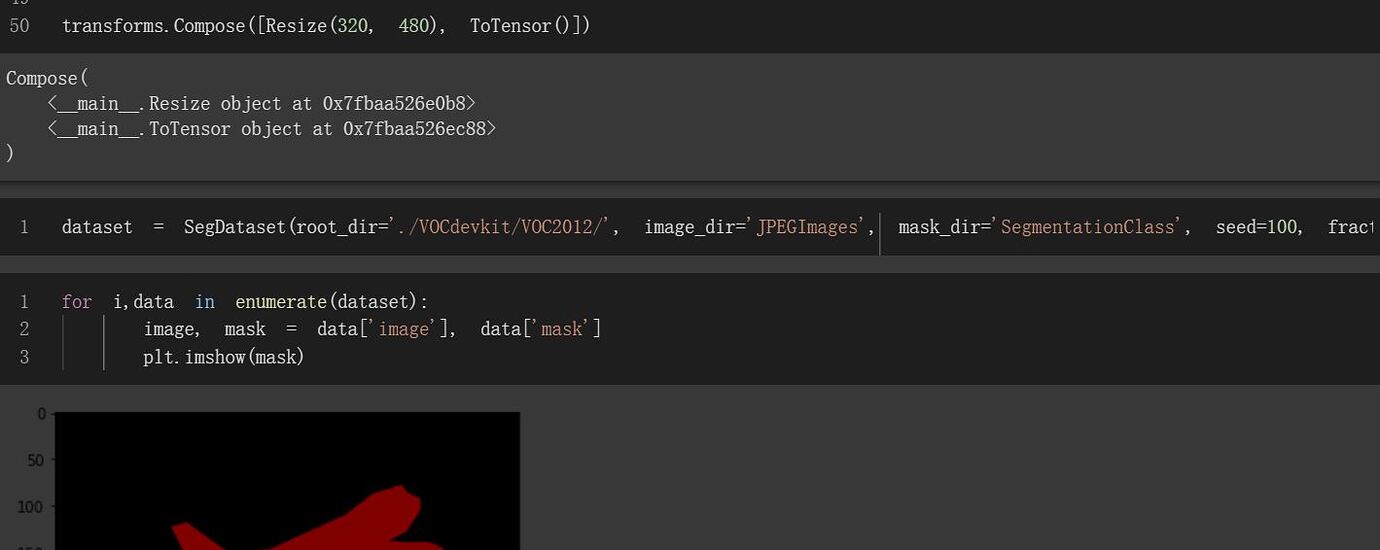

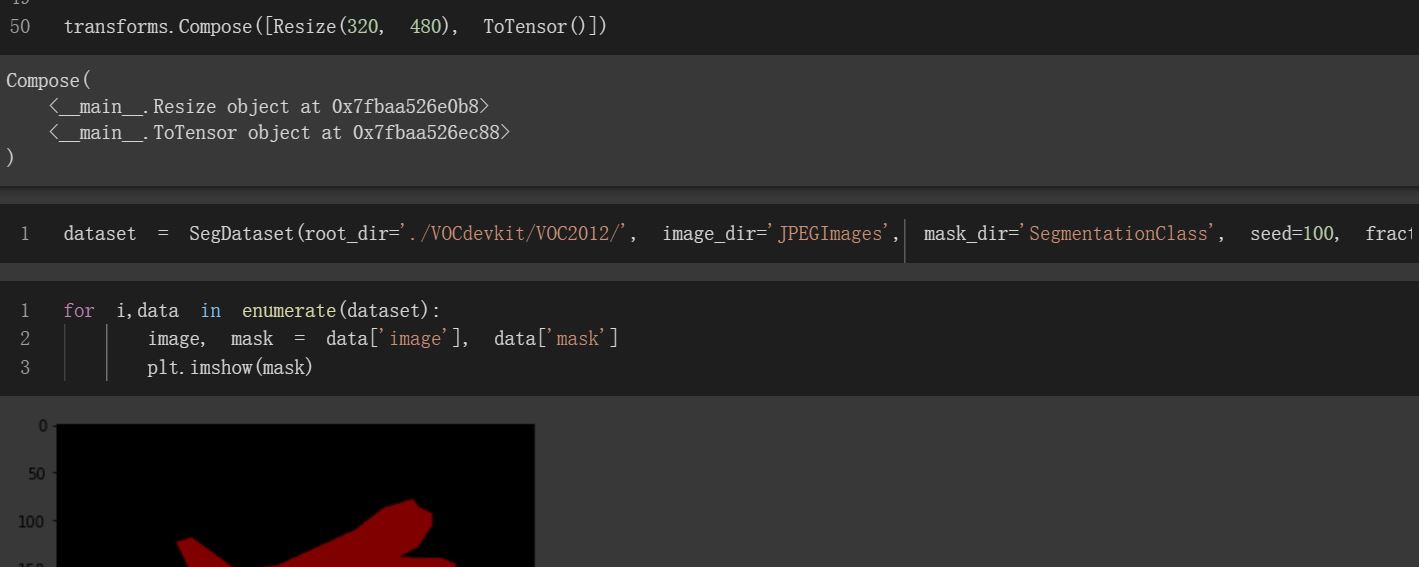
Post a Comment for "43 pytorch dataloader without labels"